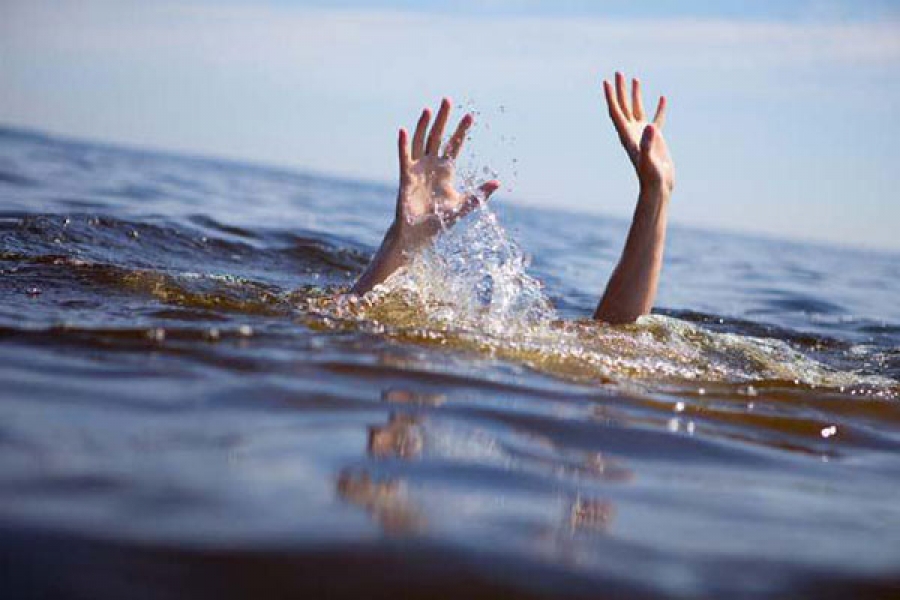
In this article, we will consider the safety rules on the water, as well as talk about the first aid rules for the victims in the water.
The content of the article
The summer season is a great time to relax and improve the whole family. But, unfortunately, even many adults forget about the safety rules on the water. And keep in mind that the parents are responsible for their children. Therefore, before starting the beach period, conduct a small lesson with the rules of conduct on the water. Thus, protect yourself and even other vacationers from accidents.
Water safety rules for children and adults
In hot summer, the cool water of the reservoir becomes just a salvation. Therefore, for the weekend or in the evening, most of the population goes to the beach. But, unfortunately, the statistics say sad numbers - about 30 thousand inhabitants are drowning annually in Russia. And the reason lies in the fact that elementary safety rules on the water are not respected.
- Let's start with the selected place - it should be an equipped beach, and not "wild" places without people. In which case, rescuers will not run to the rescue. But that's not all. You do not know what “surprise” awaits you under water. Again, we turn to statistics - 80% of accidents (not only fatal ones) occur on "wild" beaches.
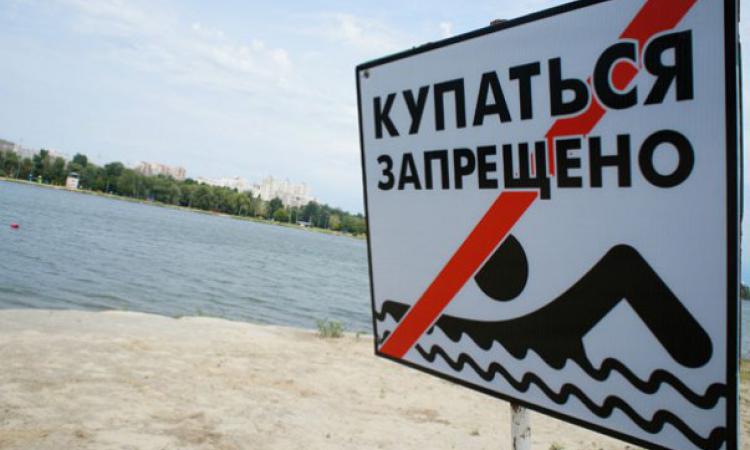
Bathe in equipped places
- At the bottom of the reservoir may lie glass, metal rods and other dangerous garbage. Therefore, the next rule is slightly supplemented by the previous point. You can only swim in clean water, without algae, duckweed and with a sandy bottom.
- Regarding the purity of water - your health also depends on it! You can simply swallow a little water and get a stomach disorder. We will not delve into all the negative consequences of a dirty reservoir.
- Do not jump in an unfamiliar area. Moreover, from a great height! The chances of suffering are doubled, and injury can be much more serious. Again, this is due to the dirty bottom. And it is not necessary naively assuming that it was a river or Zero turned out to be special.
- It is forbidden to enter water, the temperature of which is below 15-17 ° C. Cold water often causes seizures, and they cause accidents. The air temperature should be not lower than 20-25 ° C. Also choose the weather without wind.
- And time should be until 10 in the morning or after 16 pm! The reason is known even to schoolchildren - overheating and sunny blow. Even if you were sitting in a shade, from high temperature you can get a thermal blow. Especially, children are more prone to this.
- Do not swim for buoys! The water is colder, the bottom is even more unknown, and people are far away. Therefore, you just double the chances for an accident.
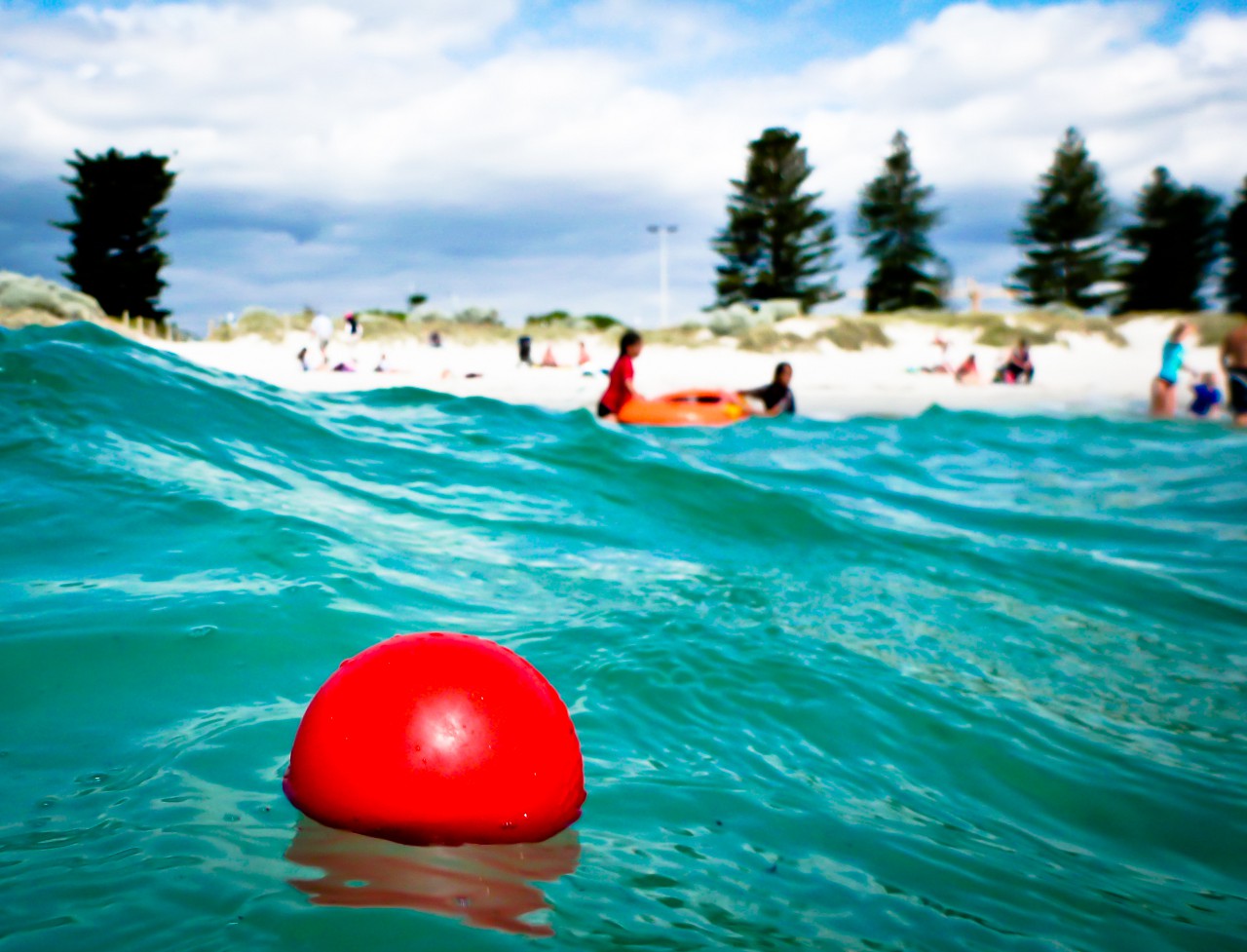
Do not swim for buoys
- Do not go into water in a condition!Alcohol expands the vessels, and cool water can cause a sharp spasm. What could be weight in your life. By the way, 90% of drowned people were just under the influence of alcohol.
- Do not swim close to the vessels. Often the pressure of water drags people to the bottom of a floating ship. Moreover, with their approach, the water level increases.
- There is one bad habit - to rush abruptly into the water, and even from the run. You can’t do this. Sudden temperature changes, especially after a warm sun, negatively affect the cardiovascular system and not only on it. Is always pierce yourself into the water gradually.
- If you swim badly, do not go into the reservoir alone. Or do not immerse yourself deeper than waist -deep. The flow of water is very insidious, and you will not have time to utter a word how you will demolish you to a depth. Even standing on the chest will be difficult to control this situation.
- Inflatable mattresses and other devices greatly help those who swim badly. And, in general, with them you can relax time on the water. But it is they who are easily carried away far from the shore. That's why, never lose your vigilance and follow the flow and gust of wind.
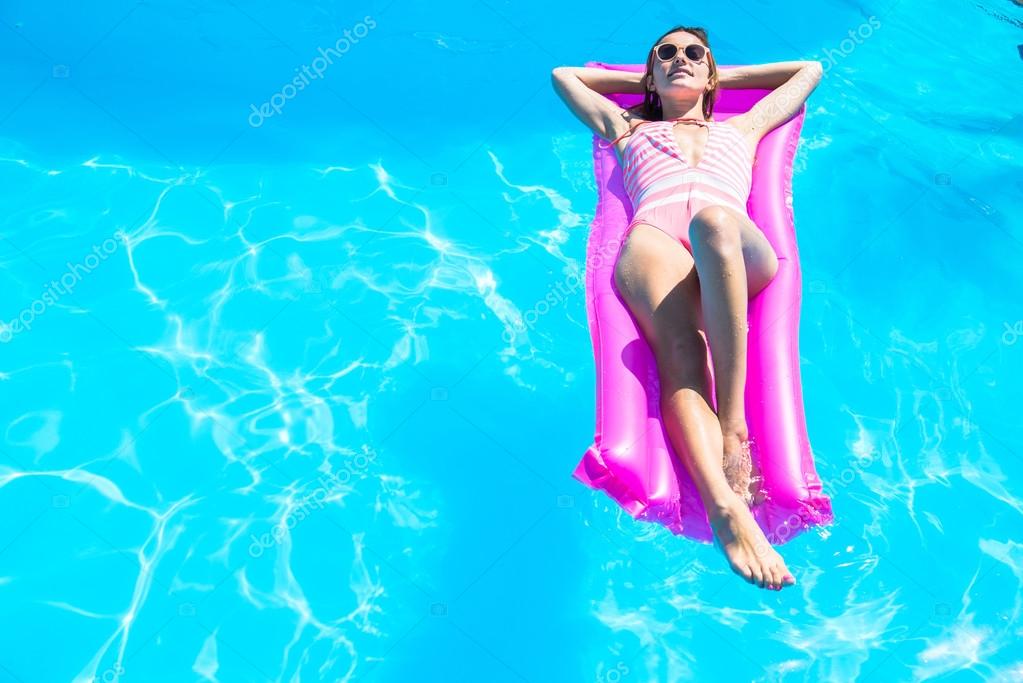
Bathing on the mattress
- Do not bathe in reservoirs with a strong current. It is also forbidden to enter the water during a storm. Always check the weather before going to the beach.
- If you have carried away the current, do not try to fight it. Better swim after him, gradually shifting to the shore. So you will save more strength.
On a note! Be attentive to jellyfish. If they are small in size, then they will not bring you any harm or burn. But those representatives who have long tentacles and purple spots, bypass, bypass or remove them with a stick. By the way, after any kind of jellyfish, do not try your hands if you touched them!
- After eating, you can go into the water after 1.5-2 hours. And the time of stay in the pond should not exceed 20 minutes.
- If you see that a person needs help, then call other people to help. If you are confident in your abilities or there is no one else nearby, then find any object that will help him to stay afloat.
- If there is nothing suitable or the situation requires your participation, then swim to the drowning person only from the back. If he does not respond to conversations and cannot calm down, then take it one of the techniques of capture. A sinking person does not control himself and his behavior.
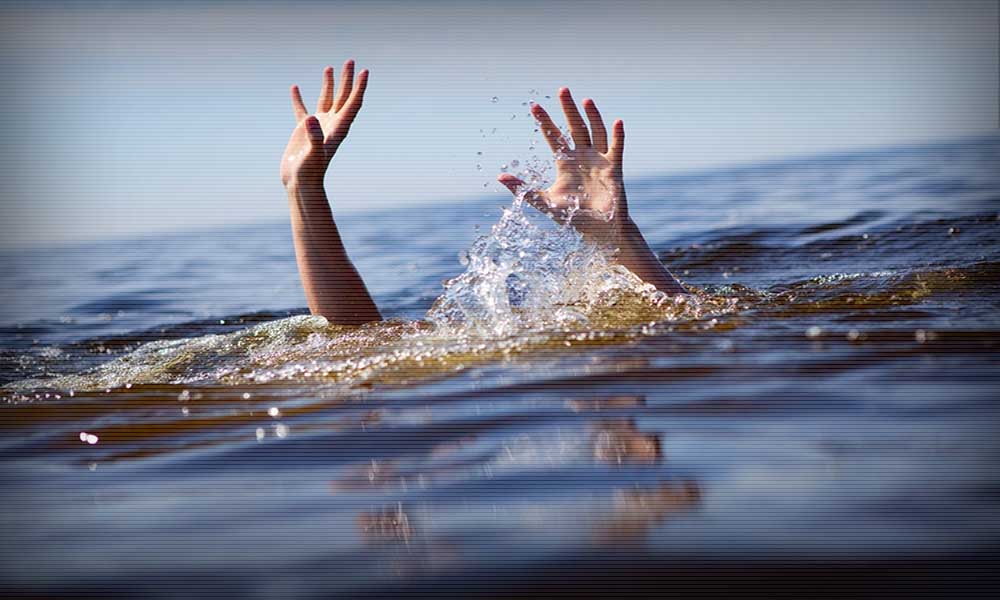
Help sinking
- Never try to cope with the trouble on the water yourself. There is nothing shameful or stupid if you ask for help. But do not give false and comic signals.
Rules for the conduct of children in water and on the shore: tips
With the summer season, reservoirs and their beaches are overwhelmed with young visitors. Yes, not only young, adults also want to swim in cool water. It’s almost impossible to get the children from the water, since only in childhood is there the ability to sit until “blue”. That is why absolutely all children should know the safety rules on the water
- In any pond (even in the lake on the knee), children are released only with the permission of their parents! Small children should not stay unattended Even for a minute! An older child should be able to swim if he wants to move far from the shore. Those who have not yet mastered this skill, do not go deeper than the belt. Otherwise, the current may be taken off the feet.
- Play the water in dangerous games is prohibited. For example, swim to swimming and grab the legs. Or take root, drown out jokingly. On the water, this is unacceptable if you do not want to suffer. After all, from such games you can swallow water or even lose consciousness.
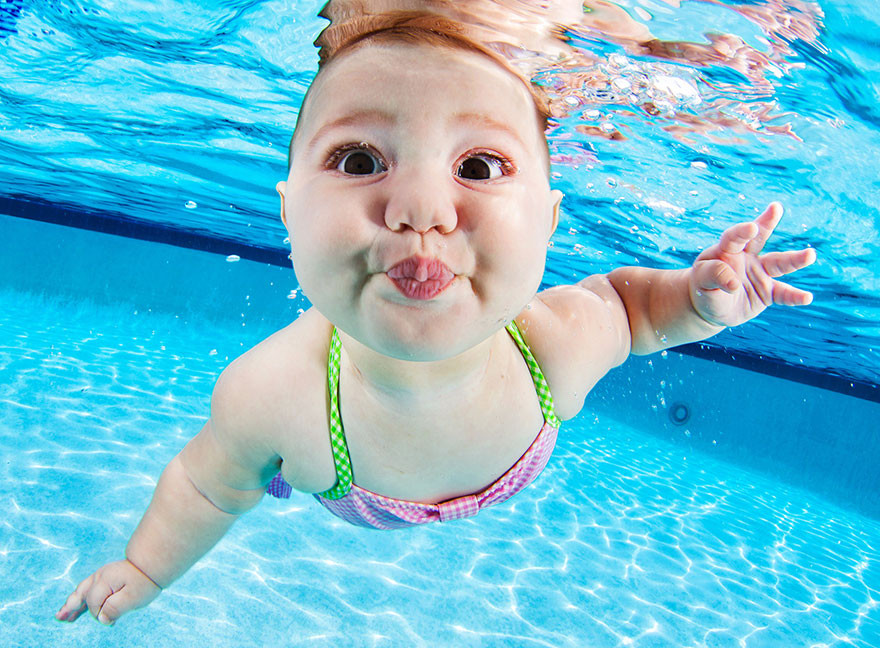
Follow the children on the water
- But not only this is the reason, accustom children from small age that they should respect To other vacationers. You can spray and splashing if it does not interfere with others. You can’t make a lot of noise and run along the beach. Especially between the bedspreads of other people.
- Regarding games on the shore - you can’t play near the water. More precisely, choose a place where you will not fall into the water.
- The right beach, a suitable place and time for bathing is more the responsibility of parents. But tell the rules of safety on water to children at any age. Particular attention requires the “swimming” signs.
- Explain to the children that even on an inflatable mattress or circle you can not swim far from the shore. Such items may break, and if it takes off the current, then there will be no one to help. If the wind rose, then inflatable objects are completely dangerous to take with you into the water!
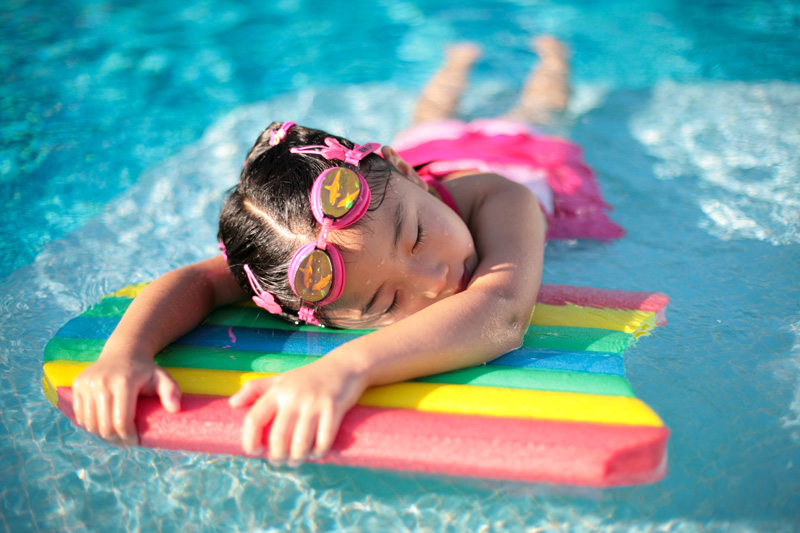
Even on the mattress, children should be near the shore
- Storm weather, rain or strong wind - this is a signal that you need to get out of the water. It is forbidden to swim in a thunderstorm and in the rain! In the event of a lightning strike, water transfers electricity more strongly, so the injury is inevitable!
- You can’t swim for riotes, and also get out on them. Enjoy your child that you can’t cling to the vessels, trays or unknown ropes! By the way, it is also impossible to swim near them, since the power of water can be dragged to the bottom.
- You can jump in a clean and proven place. No need to invent new towers for jumping. Otherwise, this threatens with a cut on a leg or a broken head!
Important: a child with a temperature cannot be allowed into the water!
- Also give instruction to little pranks who love to joke over friends. You can’t pierce inflatable circles! This joke can end with a sad ending.
- No need to swim on home -made rafts, logs or foam blanks. They are not very reliable and can break at any time. At least, do not go into the water unattended with them.
- You need to be on the beach in the headdressOtherwise, you can get a sunny blow. You can’t be in water for a long time if you do not want to get sick. The maximum time in the warm time is 30 minutes. By the way, the same amount should pass after a snack in the fresh air.
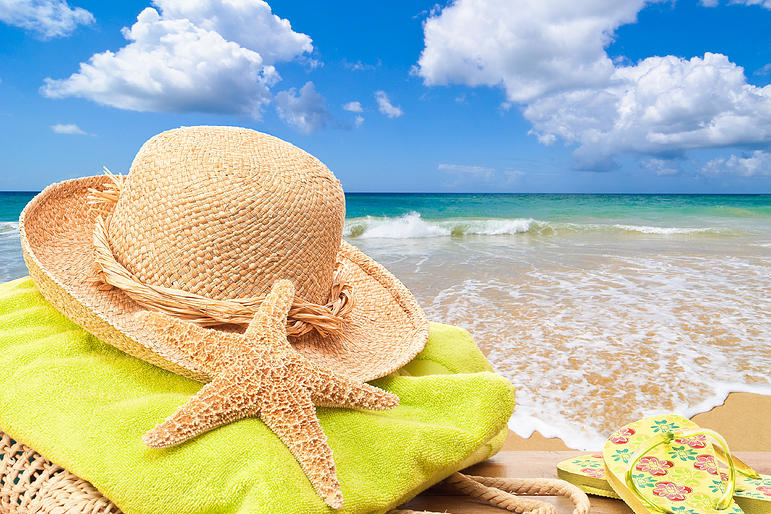
It is important to wear a headdress
- At noon to swim and being on the beach is dangerous! Burns can be obtained not only under direct sunlight, but also on the water. Moreover, water attracts them, so the degree of burn will be much stronger.
Safety rules on water: what to do in critical situations?
Prepare the child even for emergency situations. This will help save him or someone's life. And one should not assume that the baby has not yet grown to such information. Even preschool children should know the elementary safety rules on the water.
What to do if there was a thermal or sunny blow?
Its main reason for the appearance is being on the sun without a headgear! And also not compliance with the rules for the time of stay in the sun. Recall that on the beach you can be up to 10-11 hours of the day and after 15-16 in the evening.
- The victim needs to be removed from the sun and, preferably, transferred to a cool room.
- It needs to be undressed, but not completely. Just take off outerwear so that it does not hold the heat on the skin. Put the victim on the back and put any roller under your head (for example, from the same clothes). That is, the head should be slightly raised.
- Wipe or spray with cool water the body (not very cold) or cover it with a moistened towel.
- Let's drink as much as possible. By the way, on the beach everyone needs to observe this rule.
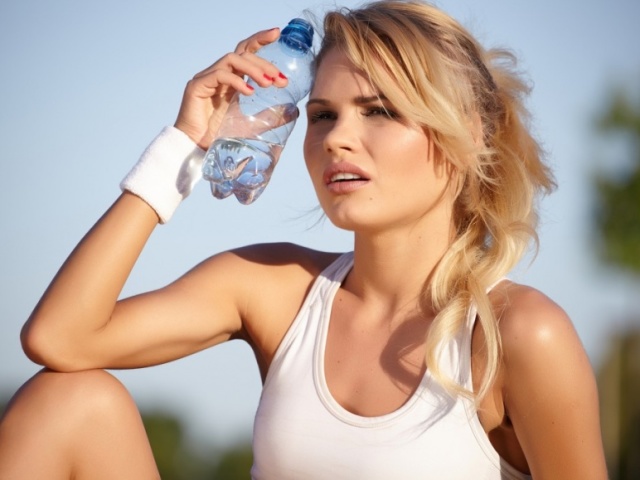
Drink more fluids
- On the forehead it will not hurt to put a cold compress.
- If a person has lost consciousness, then let him smell a cotton wool moistened in ammonia. This will bring him to his senses.
- While you provide first aid, be sure to call a doctor.
Learn not to panic in critical signs
- Sometimes it happens that the child was overwhelmed with water. This is not very scary, but immediately take it ashore. Let me bite well. You can facilitate this process a little by lightly tapping the baby on the back. Wrap it in a towel, let it dry and drink any liquid without gas
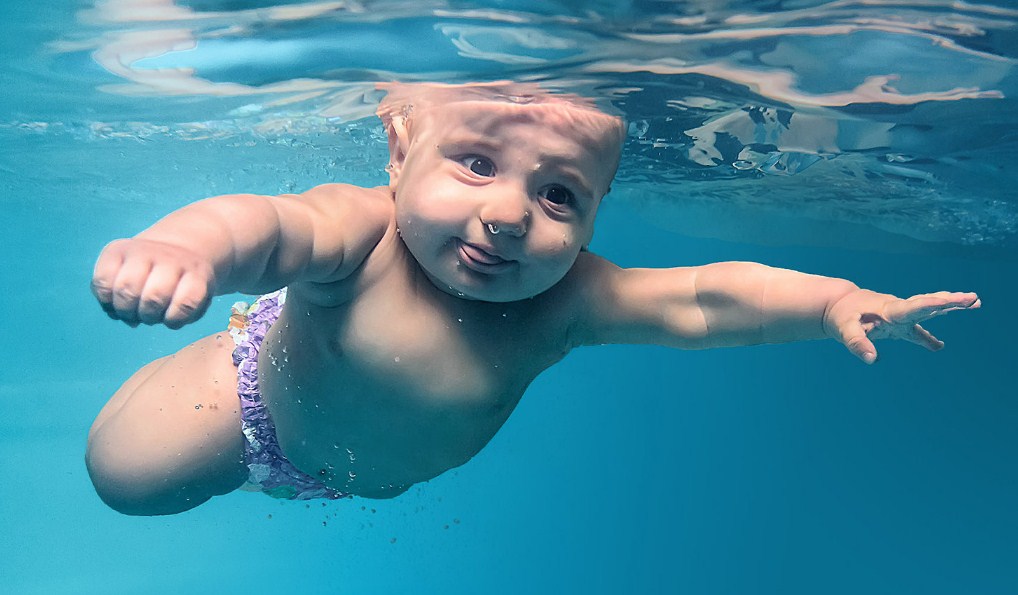
Follow the child on the water
- If it happened that you are confused in algae, calm down! The more you flounder and resist, the less chance of getting out of them. Make soft and smooth movements to break out.
- If you are in a whirlpool, then do not try to sail away from it. You will only in vain spend your strength, as with the opposite course. Take the maximum air in the lungs and dive under the water. Make a sharp throw away from the whirlpool.
What to do during cramps in water?
If you have such a nuisance as a cramp, then try to quickly react to it. Try to immediately get to the shore.
- With a hip cramp, the leg needs to be bent in the knee and pull it back as much as possible.
- If the calf muscle has brought, then raise the knee up so that you can get to the foot. Pull it as up as possible.
- If you brought your fingers, then squeeze your fist. Take the brush forward or to the side, unclench your fist.
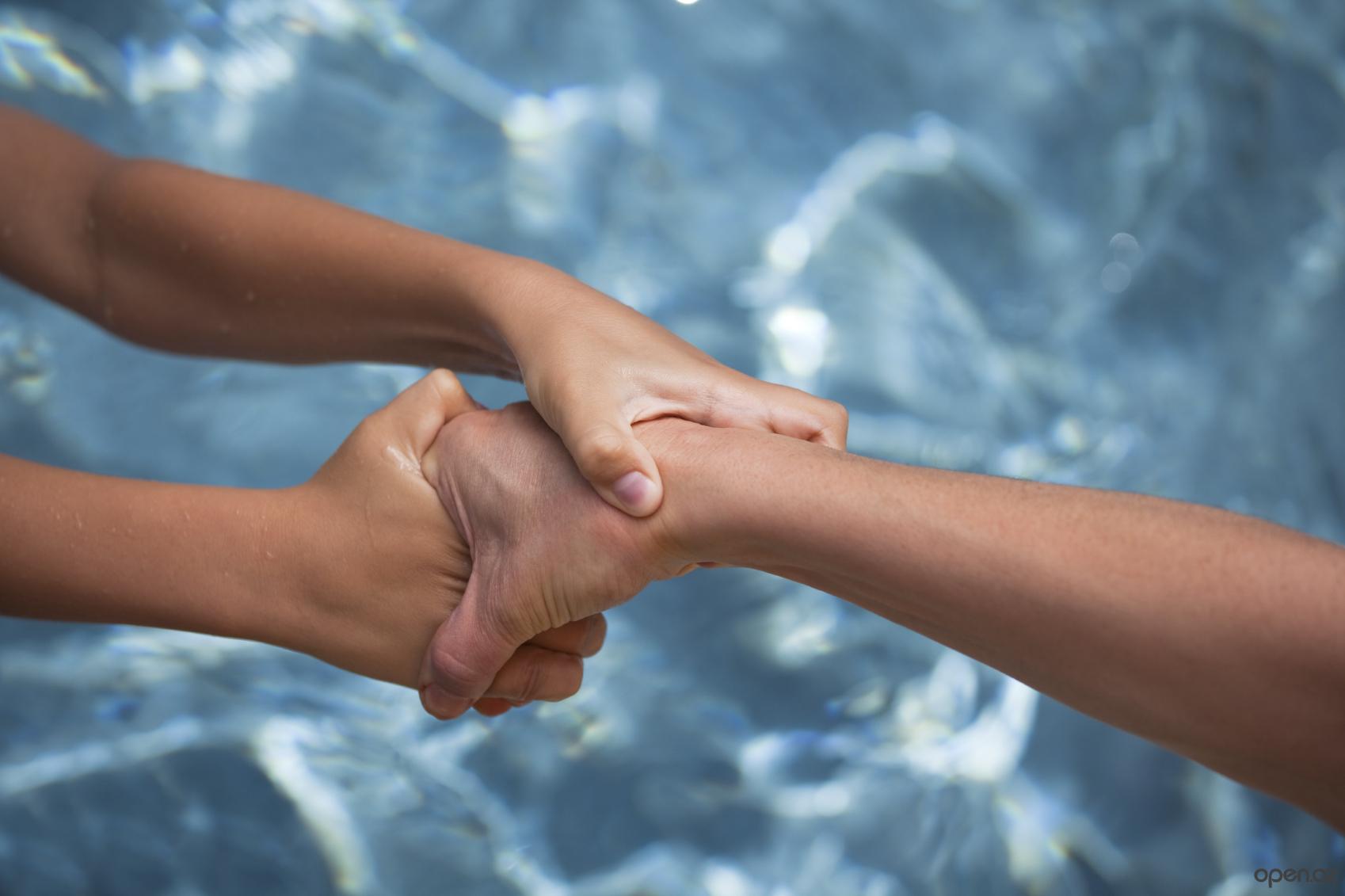
If you grabbed a cramp - the main thing is not to pack
- It does not hurt to have a small pin on swimming trunks. No, this is not from the evil eye. With convulsions, you need to lightly pierce the muscle with a sharp object.
- If you can’t grind the muscle, then go to your back and swim to the shore.
- Sometimes a small respite will help to correct the situation. In general, so that this is not the case, do not swim too far.
Teach the child to help the drowning
No, the child should by no means rush into the water and save a person. Only adults should do this! But the baby must understand that he was a sinking person, so you need to call the elders to help.
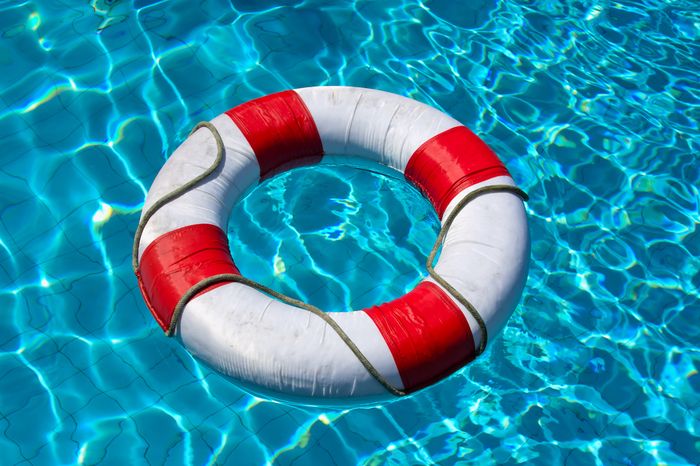
Save life
- Pay attention to your baby that a sinking person can not always shout “Save!”. It happens that he swallowed water and cannot say a word, or maybe this happened from the fright of what was happening.
- Constant chaotic emission and immersion in water with random movements indicates an accident.
- If a person flounders and cannot swim to the shore, then this is a bad sign.
- Also, wide -open eyes signal this, but a similar symptom can be noted only close. It is rather a hint to understand if a person is joking.
How to swim to a drowning person?
- You need to do this from the back. Above, we touched a similar topic. If you can’t capture it from behind, grab it by the hair. They will withstand such tests. Of course, if a person adequately reacts to your words, then transport him to the shore on his shoulders.
- If a person was already unconscious, then he is simply taken by the chin and dragged to the shore. Keep in mind that the head of the victim should be above the water.
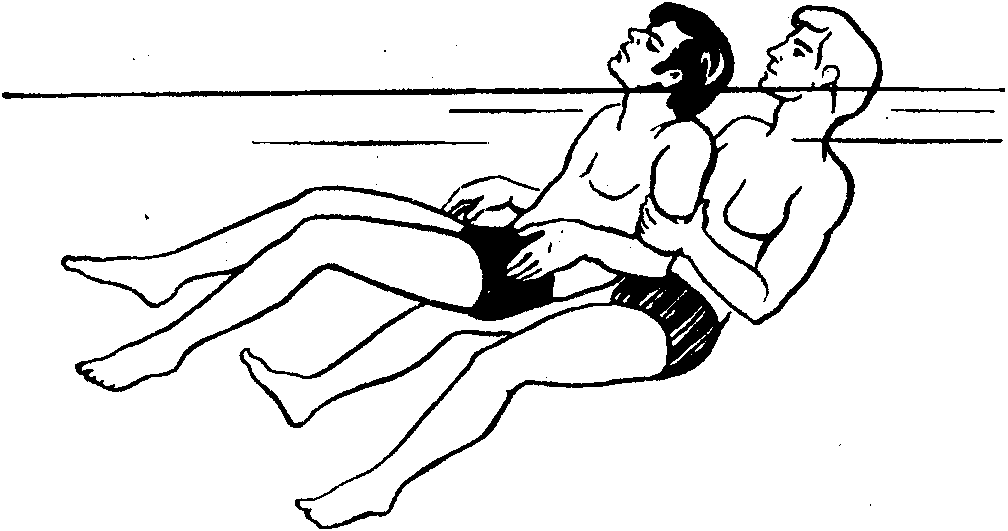
Sow correctly to the drowning
- If a person has gone under the water, then you have a little time! Remember the place and try to sail to it in a short way.
Important: if a person has lost consciousness, that is, only 7 minutes to save his life!
- If a person grabbed you very much, dive sharply and break out of his embrace. Try not to hug you so that a sinking person. In a fit of panic, you can both drown.
First aid to the victim: tips
- If a person is conscious, then he must be put on a hard surface. Keep in mind that the head should be below the body level. Bow the body and wrap it well with a blanket. Give warm tea.
- But if the injured unconscious, then cleanse your nose and mouth from pollution. Be sure to check the position of the language! This often causes a lack of breathing.
- Put it with your stomach on your knee and rub it a little. By this you will help to free the respiratory tract from the water.
- If this did not particularly help, move on to more radical methods - you need to make breathing "mouth in the mouth." To do this, throw the head of the victim as back as much as possible. With one hand you need to hold the chin, and squeeze your nose with the second. Inhale the maximum air and exhale into the lungs of the victim.
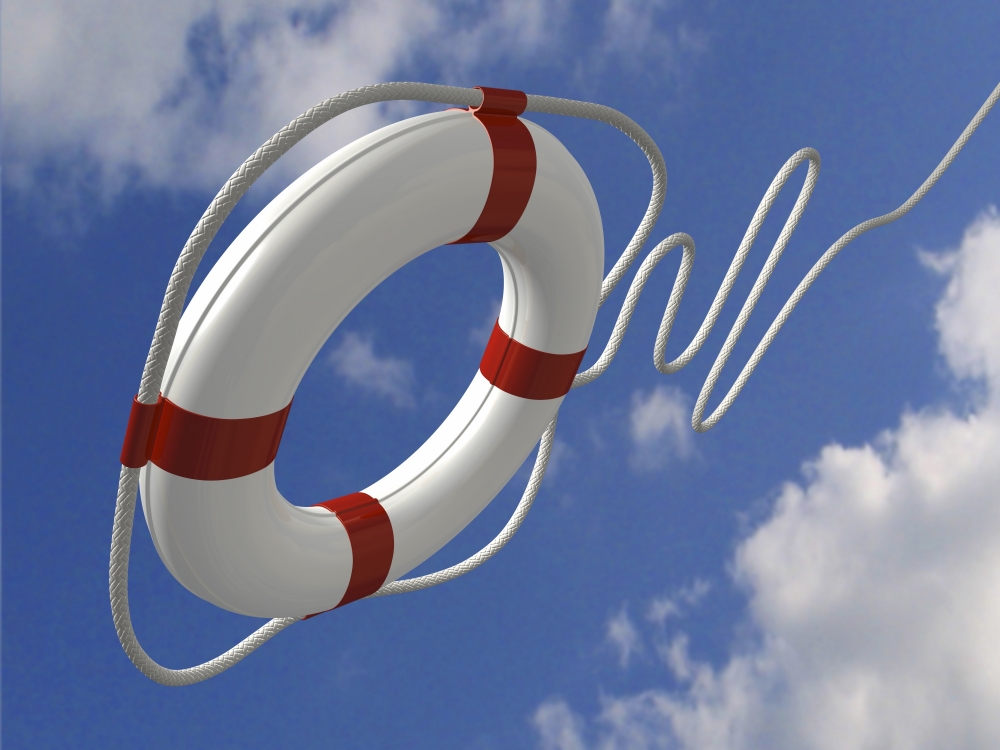
Help to the victim on the water
- In the break between breaths, make 5 massage heart movements. The entire cycle should consist of 15-18 breaths that alternate with heart massage.
Be sure to call an ambulance! And so that there are no reasons to do artificial respiration, follow the elementary safety rules on the water, which are described above and accustom your children to this!
